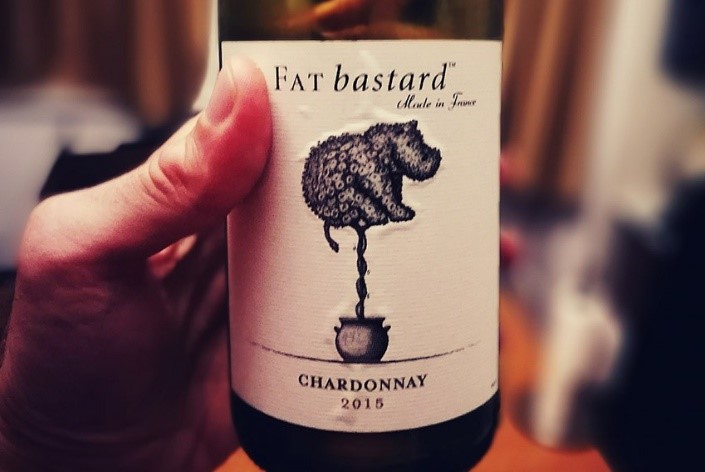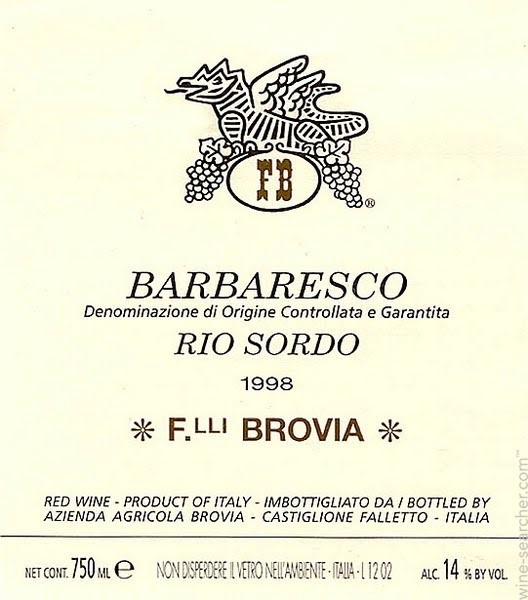Deciphering Wine Labels
By Bas Lodewijks
We get it, wine can sometimes be a challenging topic. When you find yourself in the supermarket trying to find a bottle of wine that is good value for money, where do you start? How do you know what to expect from a particular wine, without spending hours reading up on all kinds of technical wine jargon? Well, having done exactly that, I am going to provide you with some tools that can make your life a bit easier when you want to choose a nice bottle to impress your guests, or just to enjoy yourself.
Grape varieties
Let’s start by sort of stating the obvious: try find out what kind of grape(s) the wine is made of. This is sort of obvious, as the grape varieties are sometimes displayed, but not always. Certain areas, such as Chablis in the north of Burgundy for example, are only allowed to produce one or two different grape varieties, and therefore don’t feel the need to provide any other information that just `Chablis’. Knowing the grape varieties, however, provides you with quite a bit of information, as it largely influences the character of the wine. All grape varieties are not equal, and they bring their own range of characteristics. If you’re looking for a specific type of wine, e.g. a fresh white wine or a bolder, fuller bodied one, an elegant well-balanced red or perhaps a fruity and pronounced one, already brings down the options you have. Having said that, this does mean you need a little bit of knowledge on some of the most often used grape varieties, but most of that knowledge is easily available, and you might also be able to remember just by thinking back what kind of wines you have (or haven’t) enjoyed in the past.
Old World vs. New World
The next step would be to find out where the grapes used are grown, which should always be clearly stated on the label. The climate clearly has a large effect on all fruit and vegetables we produce, and grapes are no exception. The fact that wine made in the UK has grown in quality and become more popular over the last decade due to global warming is absolutely proof of that. You might not be all too interested in the climatic behaviour of countless areas around the world, though, so we propose the following simplification: if the wine is made in Europe, it’s an 'Old World’ wine, and when it is made in a different continent, it is 'New World’. Basically, the climate in the New World tends to be a bit warmer, with more sun hours, which lead to fruitier, more pronounced, but sometimes less well-balanced styles. On the other hand, the Old World has more restrained, balanced styles, and these two options can help guide you through the vast range of options you have.
More is better
Beyond the grape varieties, the country of origin, and perhaps the year it was produced, all other information becomes a bit technical, which I don’t want to bore you with too much. Regarding the age of the wine, 99% of all wines you’ll find in a supermarket are not meant to be kept in a wine cellar for a decade or two, but just to drink pretty quickly after purchase, which I suppose is what you’d be there for as well, so the age does not play a big role. Also, due to this fact, a screwcap or cork closure is not really an indication of quality. Almost all Australian wines use screwcaps, and there’s an incredible range of quality, just as there is in France, where the cork is still very popular.
When it comes to the technical information, I would always go with `more is better’. If very specific information is provided on the label, for example related to where the wine was produced, and if it contains terminology such as `Appellation d'origine Contrôlée’, 'Denominazione di Origine Controllata (e Garantita)’ and `Denominación de origen’, which basically all translate to 'Protected Designation of Origin’, it points toward the fact that the winemaker has upheld certain standards and rules when it came to the wine produced. This is usually a good sign, and an indication that the quality is higher than a wine that just says 'vin de France’ (French wine), for example. Note though, that such qualifications are much less common to appear on labels of New World wines, simply because such systems are not as widespread in these countries. This does not take away from the quality of these wines, though.
Example 1

Other than the grape variety, it's year of production, and that it was made in France, this label reveals no details about the wine, which is not very reassuring.
Example 2

An example of a label with lots of information. Barbaresco is a sub-region in Piemonte, Italy, where they grow the black grape variety Nebiollo. DOCG indicates the particular local style of wine is reflected in this bottle. Also, it is bottled on site, a good sign as well.
As a final note, I’d say sometimes a bit of trial and error is alright. Just pick up something you think looks good, give it a try and perhaps make a note of your thoughts. Or, use an app like Vivino to easily access ratings and reviews of countless people. The Society has a Vivino account as well, and we list and rate all the wines we drink at our tastings.
So, go out there and give it a go. Before you realise it, you’ll have a very good overview which wines you do and don’t like, which countries and perhaps even which regions you prefer and you’ll read a wine label as if you’ve been doing it for years. You’ll be able to call yourself a connoisseur in no time at all.
Good luck and enjoy, cheers!